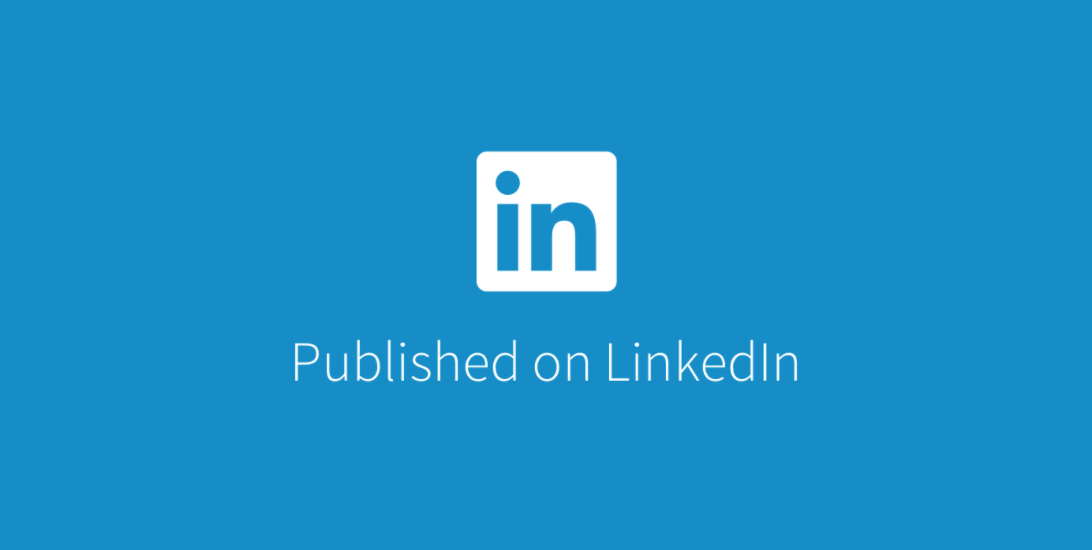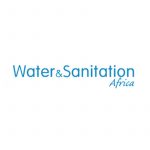On the 1st of May, South Africa will move into Phase 4 of Lockdown with approximately 1,5 Million people returning to work. Safety will be on everyone’s minds with mandatory use of face mask, regular hand washing and disinfection of facilities to prevent the spread of COVID-19. A source of safe water is therefore key to fighting the pandemic.
While the focus in on disinfection of facilities, there is no mention of drinking water quality verification in these measures.
Under normal conditions, municipal water in South Africa is disinfected with chlorine to remove all pathogens including bacteria (E.Coli), viruses and protozoan parasites (Giardia, Cryptosporidium). Protozoan parasites are more resistant than bacteria and viruses, disinfection efficacy is evaluated against the inactivation of these parasites to ensure delivery of safe drinking water. In addition, the National Drinking Water Quality Standards SANS 241:2015, recommends tap water at point of consumption must have a chlorine residual of >0 to ≤ 0.5 mg/l to prevent bacterial regrowth in the network thereby ensuring delivery of safe drinking water to all points in the system.
As part of the lockdown, most commercial businesses have been closed for five weeks. The water supply in the building has been stagnant during this time and anyone will a swimming pool knows that chlorine breaks down over time. The potential for bacterial regrowth in the distribution network is therefore real and this can be exacerbated by ageing municipal infrastructure, old internal pipes and on-site storage tanks.
Flushing the water reticulation system is recommended to remove stagnant water and bring in ‘fresh water’ with sufficient residual to reduce bacterial regrowth. Below are some recommendations on flushing the internal reticulation network:
1.Identify the furthest point in the reticulation network: this may be on the ground floor or can be on the top floor of a high-rise depending on where municipal supply is connected.
2. Open the tap at this furthest point and flush your system:
- Duration of flushing will depend on the size of your reticulation network and location of furthest point from municipal supply point.
- Use clarity, colour, taste and odour as indicators of clean water.
- A pool test can be used to check residual chlorine. However, in many places there is zero residual chlorine in the municipal supply when the water enters your facility!
3. Thereafter open all other taps to flush the entire system.
4. If you have on-site storage tanks:
- Flush the tank and wash with weak chlorine solution: 0.5ml household bleach (5,25%) per 5 litres water)
- Refill tank and check chlorine residual in municipal supply.
5. Flush out and rinse all water coolers, water filters, kettles, water bottles, etc.
6. Flush all geysers, showers, cooling towers.
The best way to verify the quality of the water is to analyse the furthest sample points in your network for the following parameters as per the SANS 241 guideline: pH, Electrical conductivity, Turbidity (NTU), chlorine residual (mg/l) and microbiological determinants (E.Coli/ Faecal Coliforms). The analysis must be conducted by a SANAS accredited laboratory and the results will indicate if the water complies with the SANS 241 limits.
Analysis of Legionella is also recommended as these bacteria thrive in stagnant water.
If your municipal supply has insufficient disinfection residual, you may need to implement additional on-point disinfection such as ozonation, UV or chlorination to ensure safety of drinking water in your facility.
Remember, disinfection is essential to inactivate all pathogens in your drinking water. Washing hands with water that contains pathogens such as E.Coli and Cryptosporidium is just as dangerous as not washing your hands.





